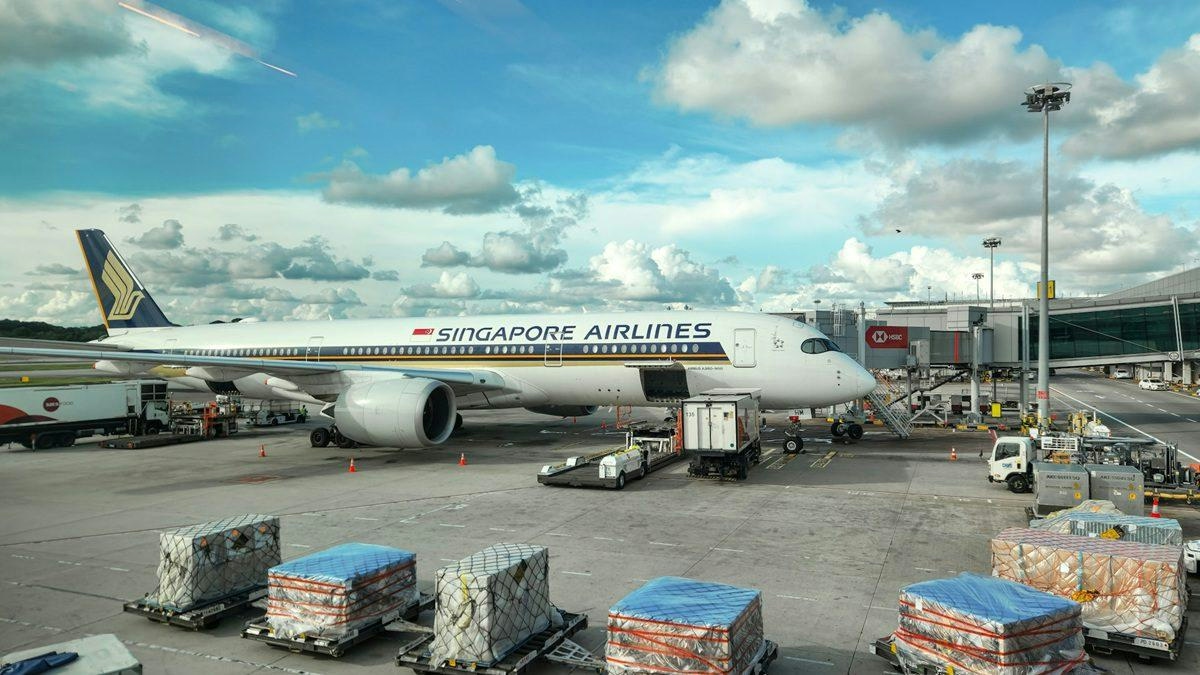
AeroGenie — Your Intelligent Copilot.
Trending
Categories
GA Telesis Expands APU Program to Meet Growing Demand

GA Telesis Expands APU Program to Meet Growing Demand
Strategic Expansion Amid Industry Challenges
GA Telesis (GAT) is accelerating the growth of its Power Solutions division, a vital component of its Flight Solutions Group, by disassembling six additional Auxiliary Power Units (APUs). The recent focus on models 131-9A, 131-9B, and 331-200 reflects a deliberate strategy to increase the supply of high-value APU components for airlines and maintenance, repair, and overhaul (MRO) customers worldwide. This expansion addresses the rising demand for reliable, ready-to-install parts amid ongoing market pressures.
The aviation industry continues to grapple with persistent supply chain disruptions and the imperative for cost stability. Airlines, lessors, and MRO providers are actively seeking solutions that reduce operational downtime and expenses. GA Telesis’s Power Solutions team is responding by delivering OEM-quality APU materials designed to improve fleet reliability and operational efficiency, thereby supporting customers in navigating these challenges.
Operational Commitment and Market Response
Jay Meshay, Vice President of Power Solutions, emphasized the company’s dedication to enhancing customer performance through this expansion. He stated, “Our approach remains straightforward. We acquire the right assets, disassemble them efficiently, and deliver these high-quality, OEM components that go straight back to work in our customers’ fleets.” This methodical process underpins GA Telesis’s commitment to operational excellence and customer satisfaction.
Despite the positive momentum, the company faces significant challenges, including managing supply chain and labor constraints and safeguarding the cybersecurity of increasingly digitalized manufacturing facilities. Additionally, accurately forecasting and meeting fluctuating demand for APU components remains critical to sustaining service quality and operational success.
Market reactions to GA Telesis’s expansion have been largely favorable, bolstered by the company’s strong third-quarter financial results and optimism surrounding new product acceptance. This development further cements GA Telesis’s role as a key partner in the global aftermarket support sector, providing cost-effective and dependable solutions that help airlines maintain fleet efficiency and minimize disruptions.
As GA Telesis broadens its APU disassembly program, competitors are likely to respond by enhancing their own offerings or investing in alternative technologies to preserve their market positions. The ongoing evolution of the Power Solutions division highlights GA Telesis’s commitment to innovation and customer support in a rapidly evolving aviation landscape.
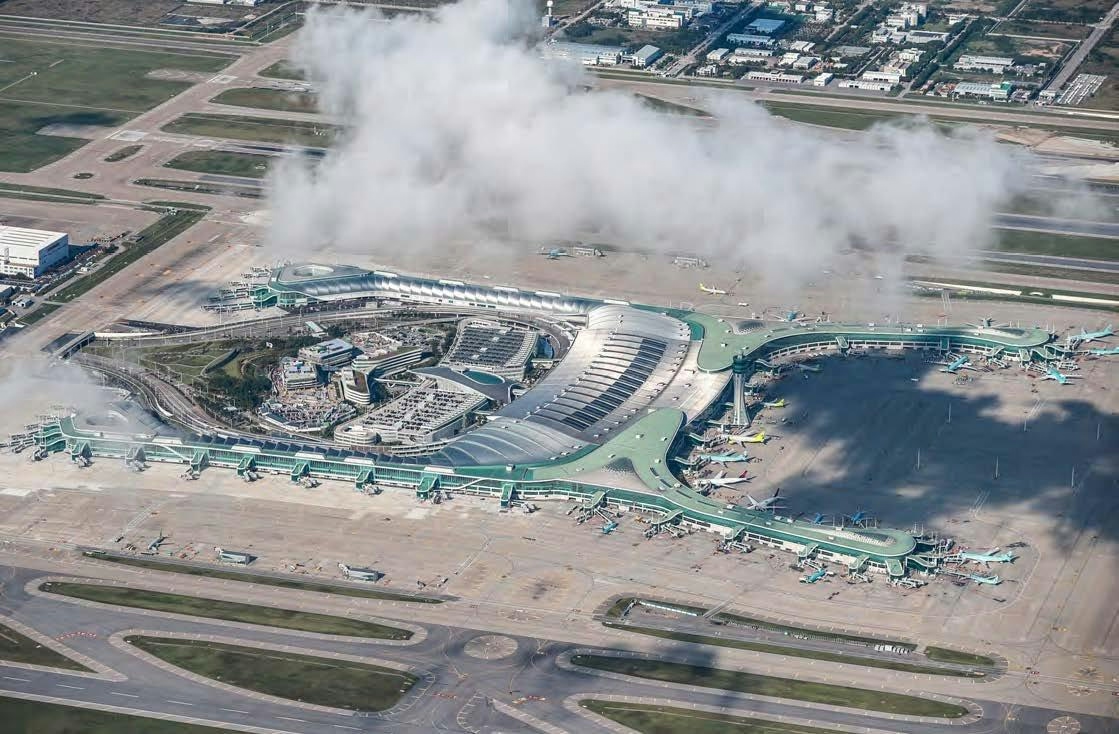
Incheon Airport Seeks Operator for Aviation AI Innovation Hub
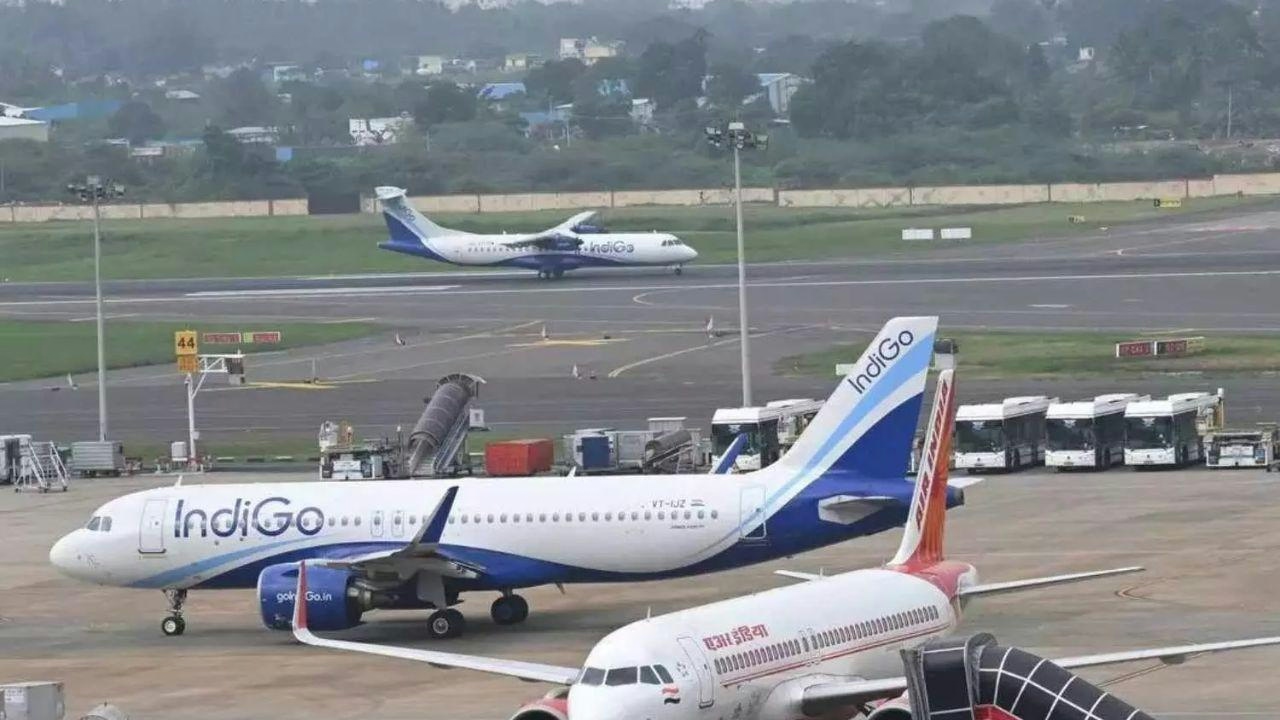
Bomb Threat Targets IGIA and Four Other Indian Airports; AI Express Flight Evacuated
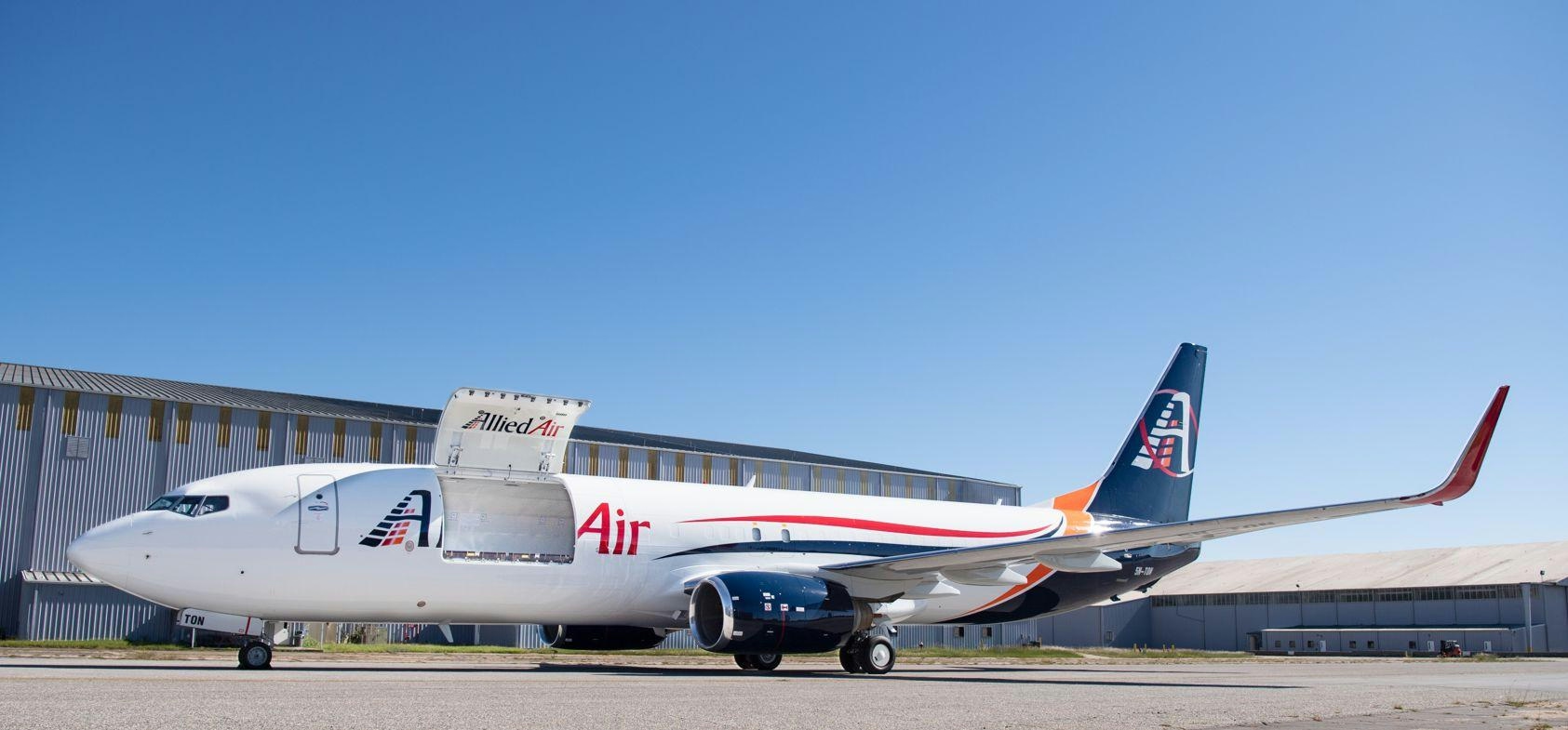
Titan Aviation Leasing Sells Two Boeing 737-800SF Aircraft to ST Engineering
Aviation Capital Group Reports Third-Quarter 2025 Financial Results
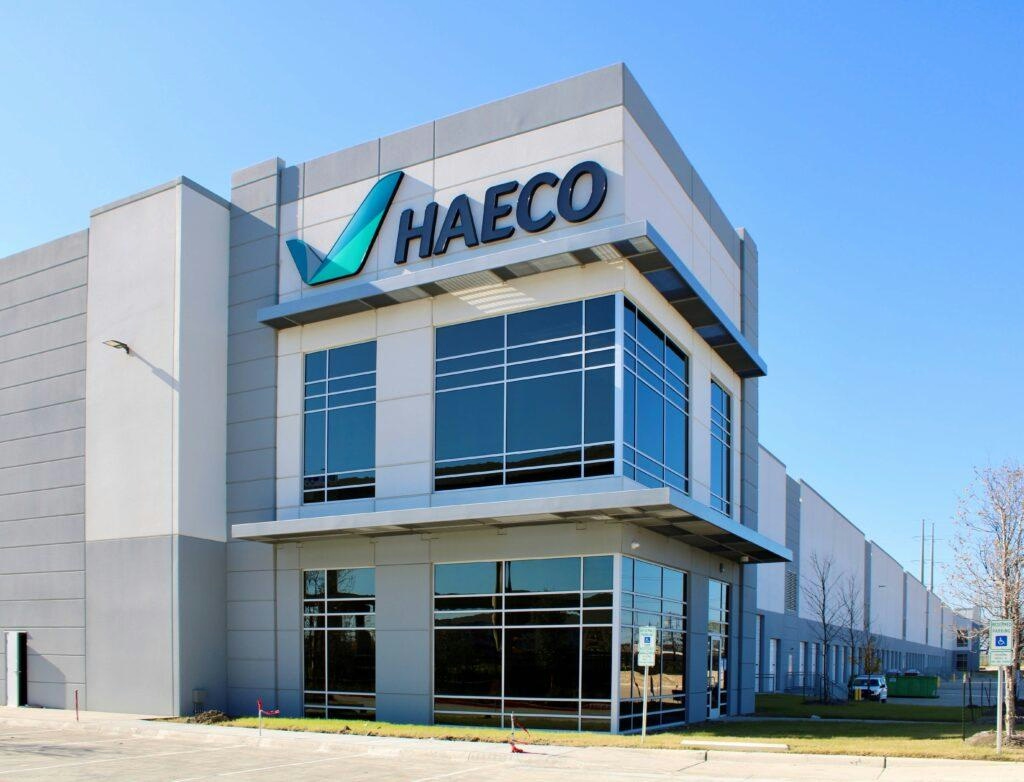
HAECO Strengthens Long-Term Partnership with JAL
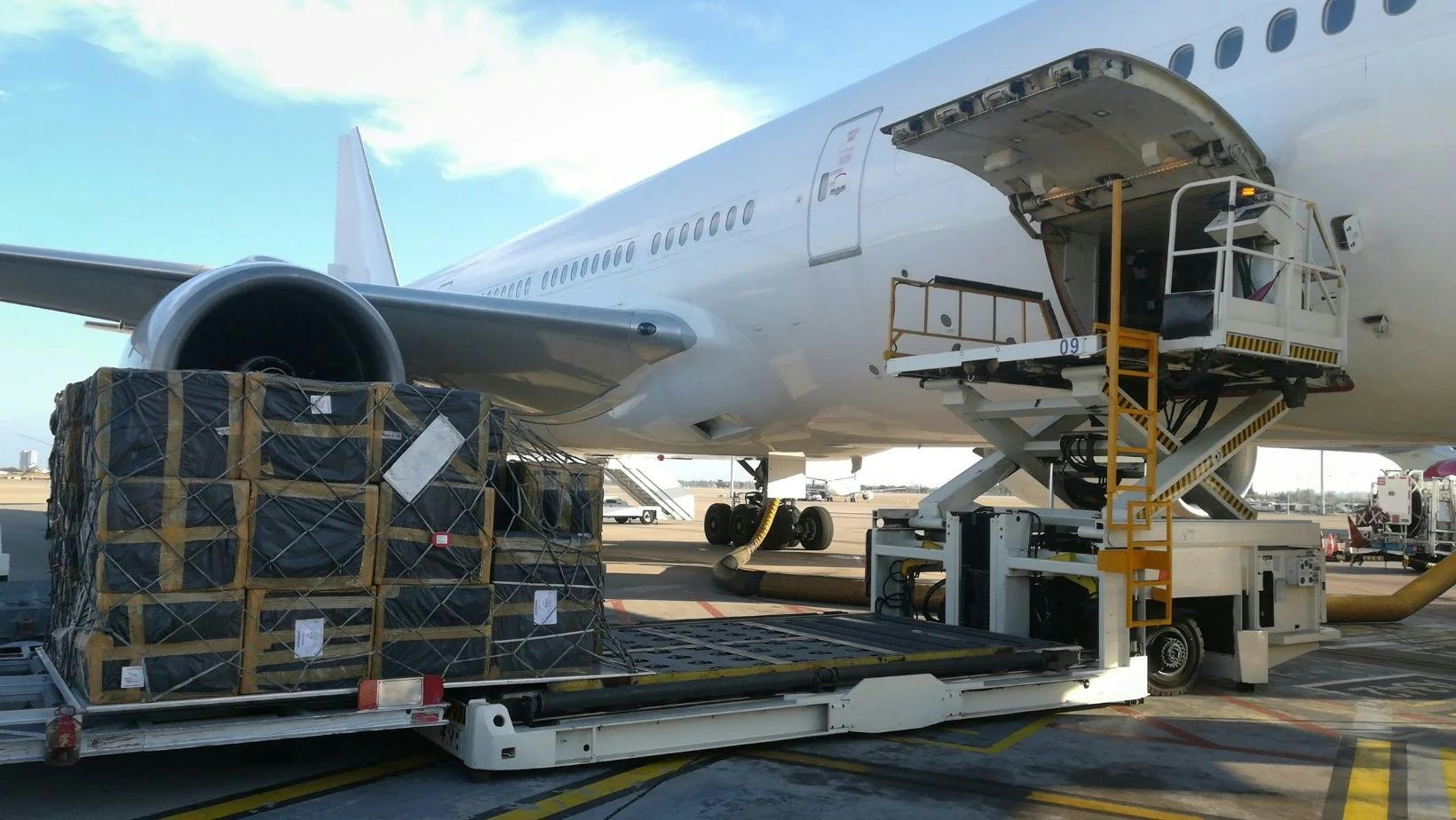
ACC Aviation Reports Steady Growth Despite Global Uncertainty

Philippine Airlines, Citi, and UK Export Finance Finalize Financing for Rolls-Royce Trent XWB-97 Engine

Philippine Airlines, Citi, and UK Export Finance Secure Funding for Rolls-Royce Trent XWB-97 Engine
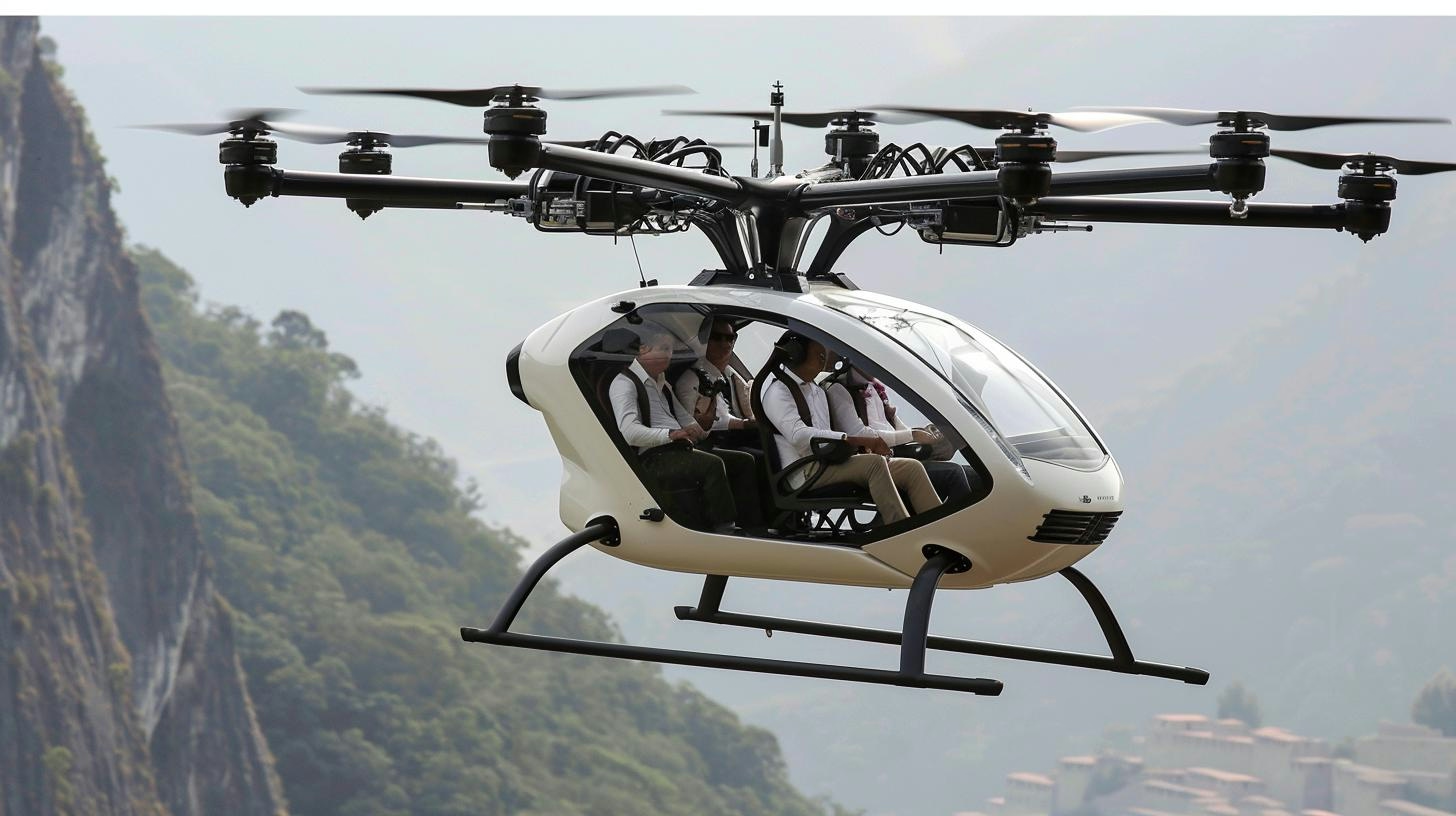
UAE Develops Simulation-Based Regulations for Urban Air Mobility
